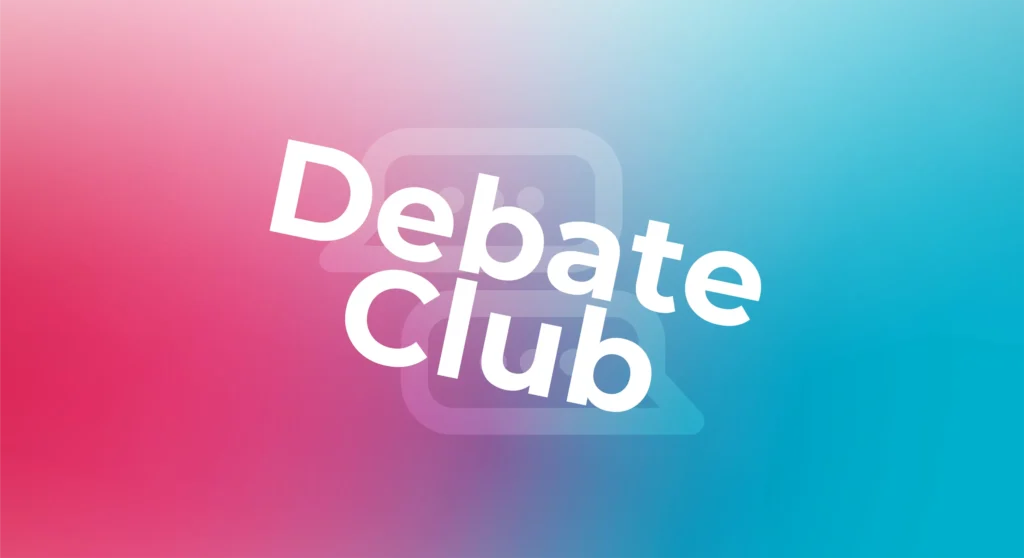
Should you send a thank you note to your hiring manager? We asked our recruitment experts.
Should you send a thank you note to your hiring manager? We asked our recruitment experts.

You nailed the interview. The recruiter gets a thank you email – that’s standard. But what about the hiring manager? That’s where things get tricky.
Most candidates wonder if reaching out directly to the person who’ll actually decide their fate is brilliant networking or an awkward overstep. The truth? It depends entirely on how and when you do it.
We sat down with Talent’s Managing Director of Marketing Chloe O’Toole and our SaaS recruitment expert Tom Mackenzie to settle this once and for all. Their insights might change how you think about post-interview follow-up.
The case for: Direct connection beats playing it safe
Tom believes a well-executed thank you note can be a powerful move in the hiring process but it’s all about delivery. He views follow-up messages as a chance for candidates to demonstrate initiative, professionalism, and genuine interest in the role, particularly when done with emotional intelligence and a light touch.
“There’s a difference between a thank you and a hard close,” Tom explains. “The best candidates tailor their approach to the context, who they’re writing to, what kind of role they’re applying for, and how the interview went.” For sales roles, he says, a more confident, assertive close might be entirely appropriate. “You want someone who can sell and follow through so showing that persistence early makes sense.” But for technical roles, or when communicating with someone less responsive to sales-like tactics, subtlety is key.
Tom also encourages candidates to see thank you notes as an opportunity to add value. “Maybe you didn’t nail an answer during the interview, or you’ve identified a business opportunity/new market for the hiring manager” he says. “A follow-up message gives you a chance to elaborate and share the stronger example you thought of after the fact.” He recently observed a candidate do exactly that, and it paid off. The candidate in question gave the hiring manager a lead , which impressed the hiring team, resulted in a new business opportunity and ultimately resulted in an offer for the candidate – a true win-win situation for all!
While he understands that some hiring managers might feel a line has been crossed if a candidate digs up their email address to follow up directly, Tom believes this often signals curiosity and resourcefulness. “For me, that’s a positive. They’re showing initiative, and in most cases, if they found your work email, it was already out there.” He adds that for roles where hustle and creative problem-solving matter, a candidate who bends the rules slightly to stand out could be just the kind of person you want on your team.
Ultimately, Tom’s advice is about balance. “Don’t send a templated, robotic message and don’t pressure someone into a decision,” he says. “But if you’re authentic, thoughtful, and respectful, a thank you note can absolutely help you stand out.”
The case against: Respect the process – and the boundaries
Chloe, an experienced hiring manager, takes a more cautious view on candidate thank you notes. Not because she’s against gratitude, but because of how easily these gestures can cross a line. For her, it’s less about the message itself and more about how it lands in the context of the hiring process. “I absolutely want the candidate to thank the recruiter, but when they come directly to me it can feel a little bit pushy,” she explains. “But more than that, it sometimes feels like a boundary has been crossed especially if I haven’t given out my email address directly.”
Chloe points out that candidates will often do their homework before an interview (sometimes impressively so), but when that turns into an unsolicited message to her personal inbox, it can feel invasive. “I trust anyone who’s made it to a final interview stage to be a great person,” she says, “but it still feels uncomfortable when someone shows up in my inbox without my consent. It’s not that I don’t want to hear from them, it’s just that I didn’t invite it.” For her, a candidate finding and using her email address, especially when it wasn’t shared on a calendar invite or through a recruiter, can feel like a small violation of privacy.
Beyond that, Chloe often finds these messages to be overly formulaic and lacking authenticity. “It can feel insincere like they’re ticking a box rather than really showing genuine interest,” she says. In particular, she takes issue with messages that try to force a strong close. “When someone says, ‘I want to reinforce that I’m the ideal candidate for the role,’ it just rubs me the wrong way,” she admits. “That’s my decision to make not yours to declare.”
She acknowledges that thank you notes might work better in certain industries or for specific roles such as sales, where persistence and follow-up are key skills. But as a marketing leader, Chloe prefers candidates to direct their follow-up energy through the recruiter, who acts as a trusted gatekeeper. “That’s why you use a recruiter,” she says. “I want them to pass on that feedback not for it to come straight to me.”
Still, she concedes that not all thank you notes are problematic. A soft, thoughtful message that shows appreciation or adds value (without the hard sell) is far more welcome. “It’s always going to land better with me if someone just says, ‘Thanks for your time, I really enjoyed our chat,’ rather than trying to persuade me they’re the perfect fit.”
For Chloe, it ultimately comes down to tone and timing. “It’s not about whether or not you do it,” she says. “It’s about how you do it and how it makes the other person feel.”
The verdict: It’s all about reading the room
Ultimately, sending a thank you note to the hiring manager after an interview isn’t a matter of right or wrong, it’s about context, intent, and delivery. As Chloe and Tom illustrate, what lands well with one hiring manager may feel inappropriate to another. The key lies in reading the room: understanding the role, the industry, and the personalities involved. A thoughtful follow-up can reinforce interest and add value, but when misjudged, it risks crossing boundaries or coming off as disingenuous. In today’s competitive job market, candidates should trust their instincts, tailor their approach, and when in doubt, seek guidance from their recruiter, the person best placed to help them navigate the nuances of closing well or as we like to put it, us!










